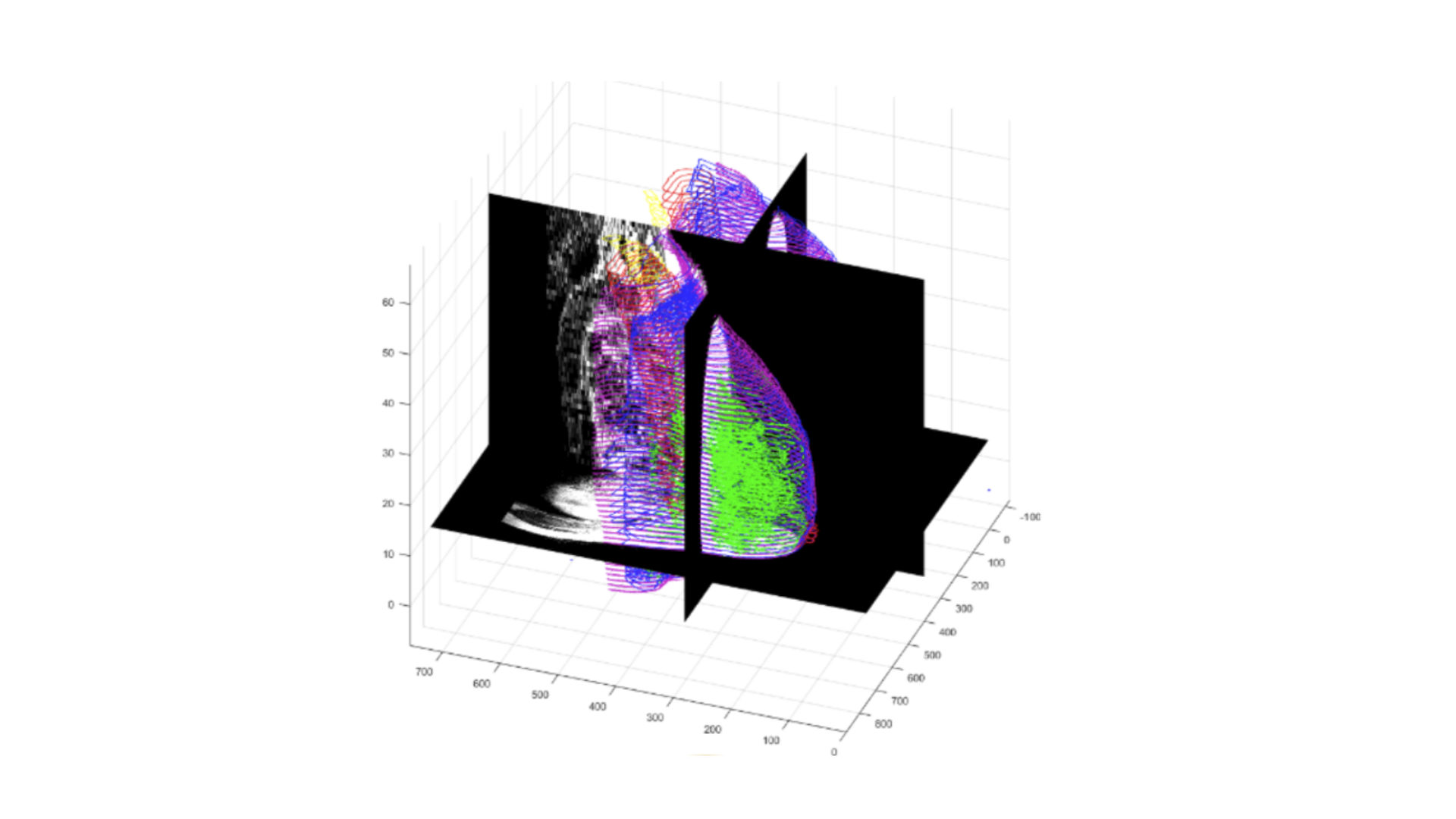Researchers explore the creation of a virtual atlas of 3D breast images
The processing and analysis of breast cancer images to support screening and the planning of surgical treatment have been used by scientists and physicians for several years, through computer vision and machine learning techniques.
28th September 2021
However, one of the biggest issues among the medical imaging community is the fact that medical images are sparse and lack representability of the entire population. A particular case is the data representing the different anatomical structures of the breast, i.e., breast density and glandular branches, tissue disposition, fat, and lesions. The definition of these structures can be called annotations, which are usually marked on the MRI, X-ray, or breast ultrasound exams; they can be helpful, for instance, in the planning of surgeries.
A team of INESC TEC researchers is studying the creation of an open database, generating synthetic 3D breast resonance and surface data, using as main sources real anatomy maps and altered maps from previous annotations of patients. This database can reduce the need for annotations by healthcare experts, while being useful for validating segmentation and registration algorithms. It is important to mention that the registration process is usually quite difficult in breast-related interventions, due to the lack of clear reference points between data from the breast's interior and surface.
The dataset studied could be used by computer vision researchers to enhance automatic segmentation and registration methods, improving the resources of planning tools. It can also be used by doctors and surgeons responsible for planning surgeries, since it favours the registration of radiological modalities, joining multiple exams in the same place; this way, physicians will have access to a more comprehensive and complete information about the tumour, its location, and adjacent tissues.
The project “Learning Representations and Generative Models for 3D Breast Data” is one of the initiatives selected under the call for internal projects “SEED Projects”. Researchers João Teixeira, Sílvia Bessa and Hélder Oliveira, from the Centre for Telecommunications and Multimedia (CTM) oversaw the project.
The researchers mentioned in this news piece are associated with INESC TEC.


